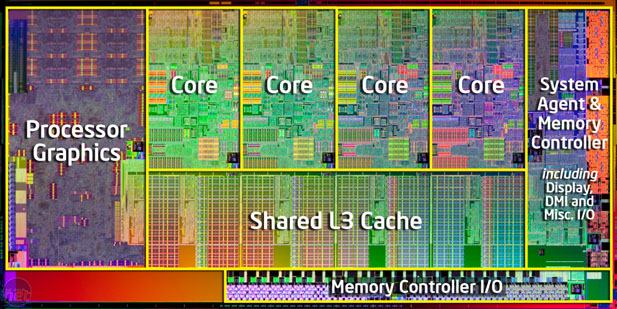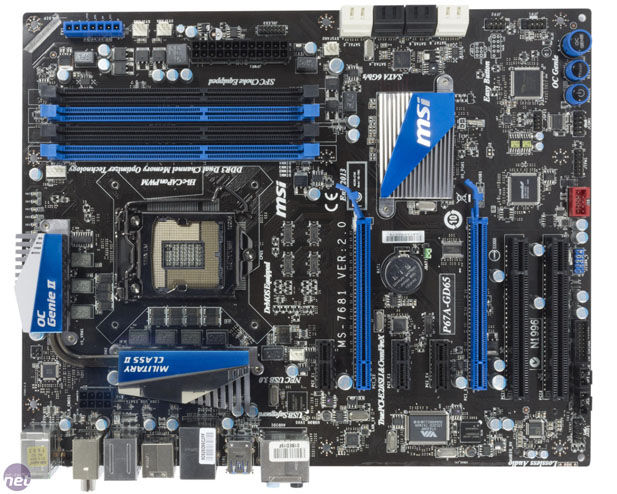
The Winners and Losers
There are winners and losers from the 6-series chipset saga. One clear loser is Intel, which looks set to pay out at least $1 billion to fix the issue, but other losers are independent system builders, particularly those who focus solely on cutting-edge, high-end technology.
Okay, so there are workarounds for it, and it looks as though most system builders and retailers are being honest about the faults with the products that they're selling. Interestingly, it also looks as though a lot of customers are still quite happy to buy a Sandy Bridge system, knowing full well that the chipset is faulty, simply because they want to get their hands on the latest tech.
'Our customers are quite happy to receive Sandy Bridge laptops,' said one manufacturer, 'and they'll be replaced at no expense to them in the future. Probably about 30-40 per cent of our customers are quite happy to take one of these laptops, or a desktop, and just know that it'll be swapped out in 3-4 months, rather than having to wait a couple of months for a non-flawed version.'

Many customers are still happily buying plenty of Sandy Bridge-based systems, despite the problems
Even so, there's no getting around the fact that these customers are still knowingly being sold a faulty product, and at the same price as a non-faulty product. There's a matter of principle at stake here as well.
Raja's answer to this is to stop looking at the product as a faulty part. Instead, he says, we should try to 'see it as a faulty part with a guaranteed fix and solution as and when it becomes available. It's not like somebody selling a dodgy car knowing full well that it's gone and it's not our problem. With each known problem solved, the way to view it is that you're only selling it after explaining the full situation to the customer and giving the customer a solution for the fix.'
We're not convinced by this, though. Okay, so you can swap out your motherboard later, but this is a massive inconvenience that's not accounted for in the cost of the board, which won't be discounted. Also, board partners haven't even seen the new B3 silicon yet, and we certainly haven't had a chance to test it. It may work fine, but we would strongly recommend that you don't buy a faulty product based on an unreleased fix sorting out the problem in the future.
Intel is also to blame for the way it's handled this situation, especially after officially sanctioning some system builders to put out systems with the faulty chipsets. You could argue that some of these systems won't be affected by the issue, which may be true, but this has the knock-on effect of giving some system builders an unfair sales advantage over those who can't sort out the issue until they get the fix, such as high-end laptop makers.

Sandy Bridge motherboards such as the MSI P67A may look mightily tempting at the moment, but we strongly advise holding off until the fixed silicon is widely available
On the other hand, the fact that Intel identified the issue early-on means that it thankfully hasn't decimated the IT industry in the way it could have done. Even off the record, everyone we spoke to was grateful for the fact that Intel's testing procedures managed to catch this problem before it got out of hand.
Even so, it's clear that the 6-series chipset fiasco has cause major problems for some companies, and while some see it as a non-issue in terms of their own circumstances, it's the technology balls-up of the year for others. Let's hope that Intel's promises about nailing issues such as this in the future hold true. In short, if you want to buy a Sandy Bridge system, then we highly recommend waiting until fully-working hardware is available.

MSI MPG Velox 100R Chassis Review
October 14 2021 | 15:04








Want to comment? Please log in.